Modern laboratories demand flexibility, efficiency, and durability. However, traditional furniture made by local carpenters often falls short in meeting these evolving needs. Modular lab furniture solves this problem by offering faster setup, greater adaptability, and long-term sustainability—all while enhancing the workspace aesthetic. Simply put, it provides everything conventional setups lack, making it the smarter choice for modern labs.
What is Modular Lab Furniture?

It offers several advantages over conventional wooden lab furniture made by local carpenters. It consists of pre-manufactured modules that can be assembled to form workbenches, cabinets, and storage units. These components are produced individually on an assembly line in a factory, ensuring consistency, high quality, and faster production. Once manufactured, they are shipped to the lab site and assembled there. This eliminates the need for on-site construction work at the lab, reducing hassle for the consumer and preventing potential damage to the lab floor or existing lab equipment during installation.
Why Should You Choose Modular Lab Furniture?
1. Quick Installation

Modular lab furniture allows quick deployment. Since it is pre-made and only assembled at the client location by trained installers, the setup is completed in a short time. In contrast, conventional furniture takes longer to build, as carpenters must construct it piece by piece on-site. This traditional method often involves delays, more labor, higher costs and disruptions to lab operations.
2. Easy to Transport

Transportation from the factory to the site is easier and more cost-effective. The individual modules are compact and pre-packaged for easy shipping. Transporting fully constructed conventional furniture, on the other hand, is difficult and costly due to its large size and fixed structure.
3. Easy Relocation
You can disassemble and shift modular lab furniture easily to a new location. This makes it ideal for labs that need to relocate or expand. Disassembling conventional wooden furniture often results in irreversible damage to the components, making it unsuitable for reuse thus requiring complete reconstruction with fresh raw material at the new lab site.
4. Flexibility and Reconfiguration

Modular lab furniture offers unmatched flexibility. You can customize and reconfigure it to meet the changing requirements of research teams. You can add new modular attachments to your existing setup with ease when your lab expands. Rearrangement is simple and does not disrupt ongoing work. This flexibility helps enhance collaboration, support dynamic workflows, and improve communication through open space layouts.
5. Compatibility with Existing Infrastructure
Modular systems integrate easily with pre-existing structures and equipment. You can install it around existing cement and brick walls or built-in lab infrastructure. Their design allows seamless accommodation of previously constructed setups and equipment, which is not possible with conventional furniture due to its rigidity and lack of customization.
6. Sustainable Design

Sustainability is another strong point of modular lab furniture. You only need to replace specific parts in case of damage. The rest of the unit continues in use. This reduces waste and extends the life of the furniture. But if you have conventional wooden furniture, you will need to discard it entirely in case of damage. This is because it does not have separate modules.
7. Customizability
This furniture supports convenience and customizability. Many systems come with preset electrical and plumbing connections, enabling quick setup, disassembly and reassembly. Users can choose from a range of additional features such as color options, height adjustability, and lab-specific accessories.
8. Safety Features

Importantly, you can upgrade modular units as per new safety norms. Ventilation systems, fire-resistant materials, and specialized storage units are all separate modules that you can be add, replace, or upgrade without needing to reconstruct the entire lab. Moreover, modular lab furniture offers ergonomic options that support comfortable posture and better overall health of users.
9. Material Variety

These options offer you a greater variety of material of construction than old-fashioned wooden lab furniture. These include CRCA steel cabinets, a wide range of worktop materials, and finishes that provide superior durability and resistance to chemicals. This diversity in material choices ensures optimized performance and longevity in harsh lab environments.
Conclusion
In summary, modular laboratory furniture enhances workflow efficiency, offers quick deployment, ensures adaptability, and meets evolving safety standards. It supports sustainability, ergonomic design, and easy relocation—making it the preferred solution for modern, dynamic laboratories.
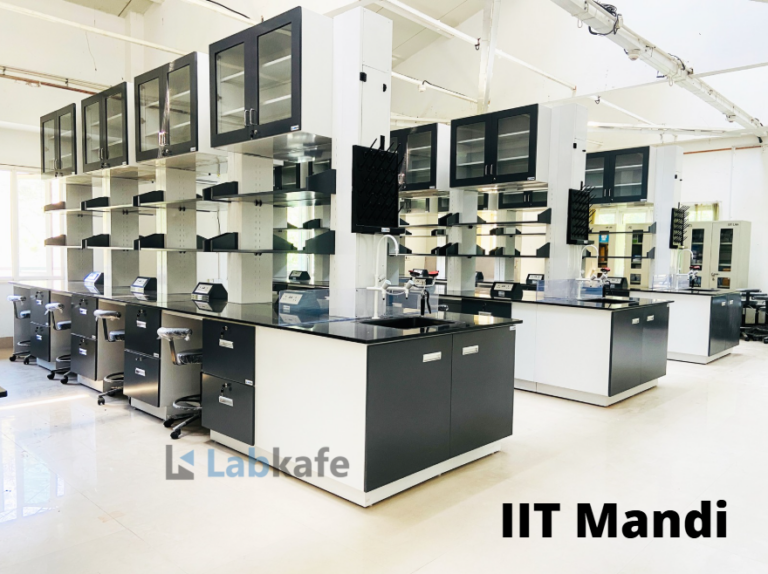

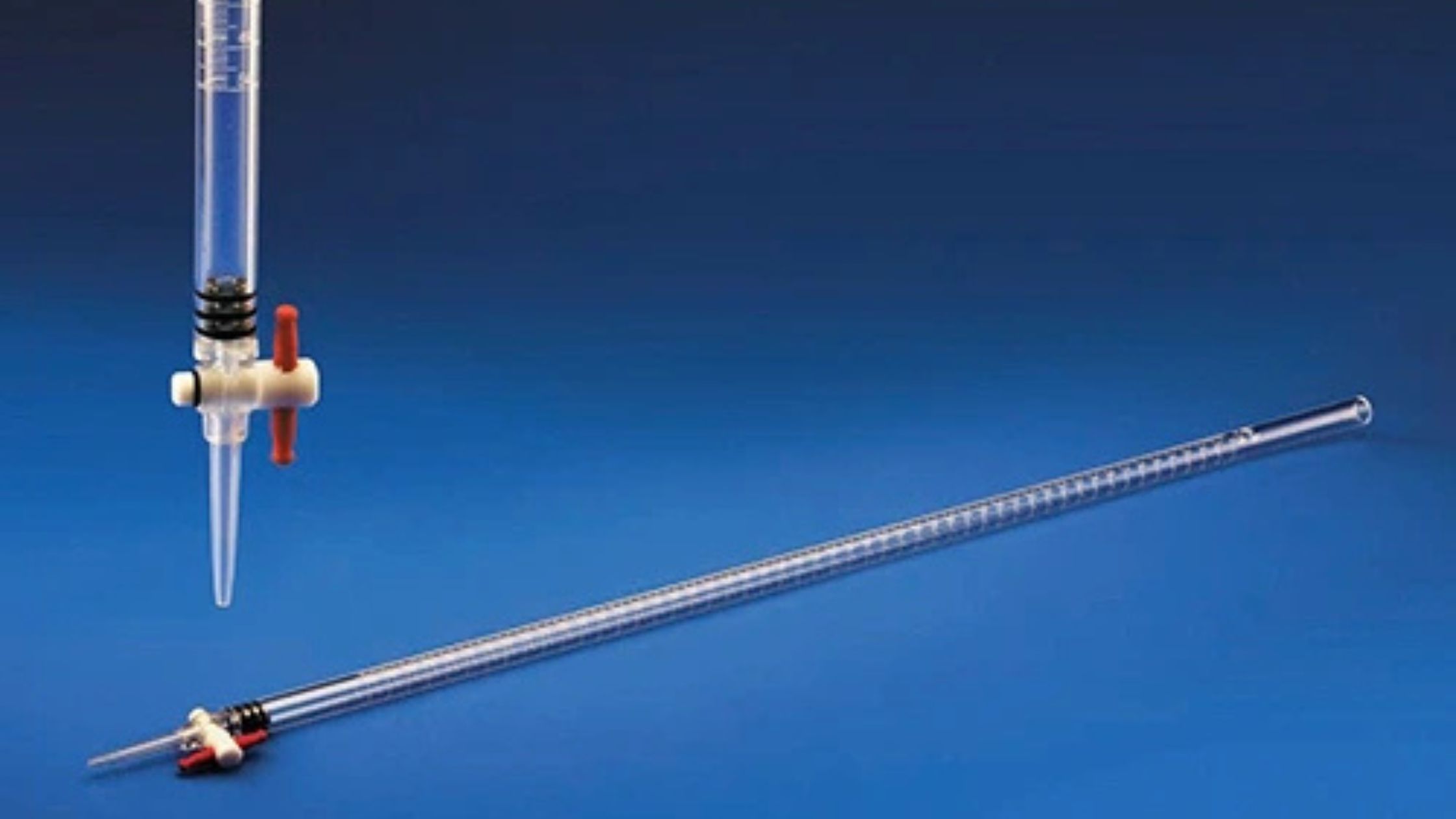
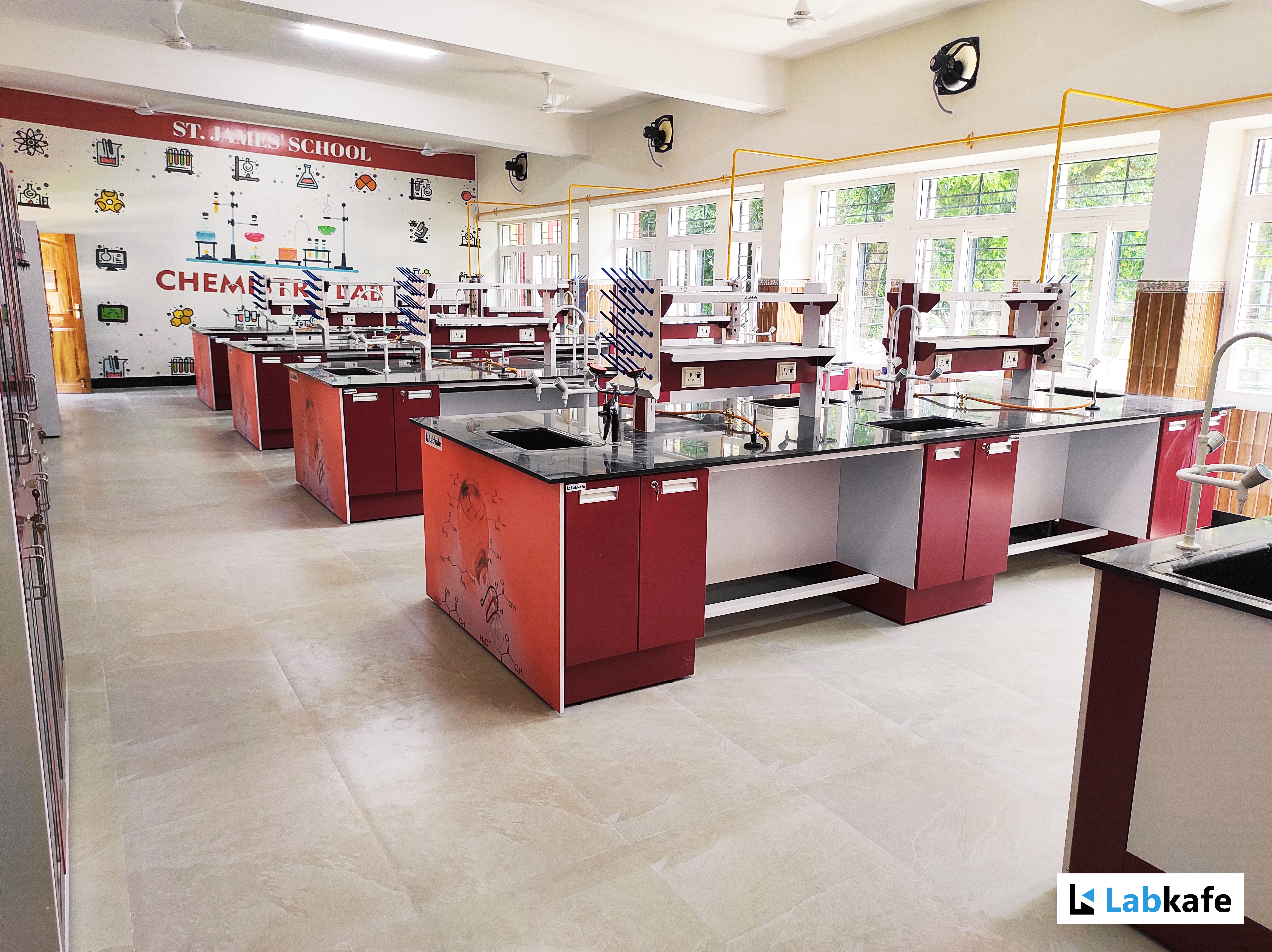


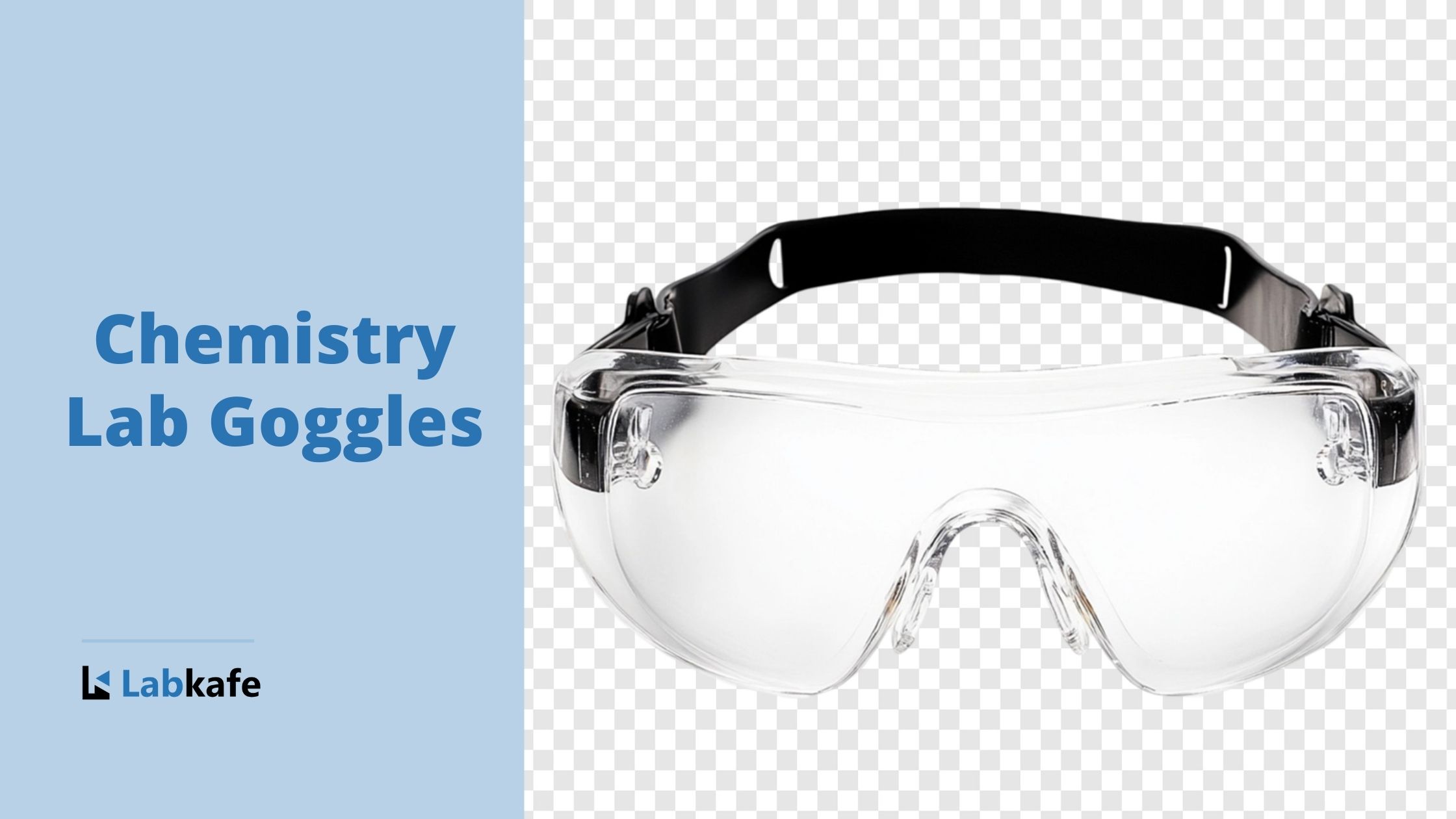
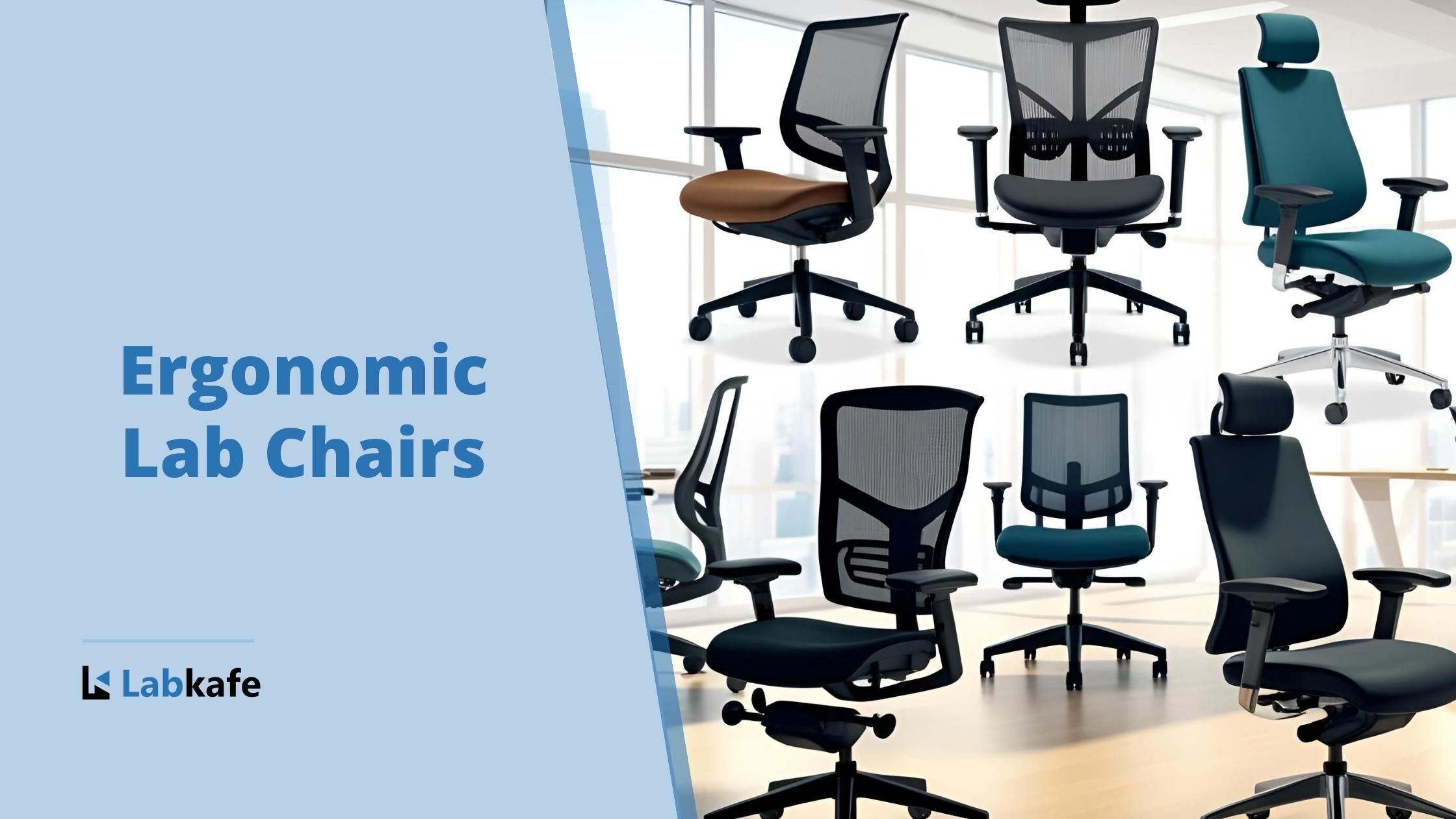
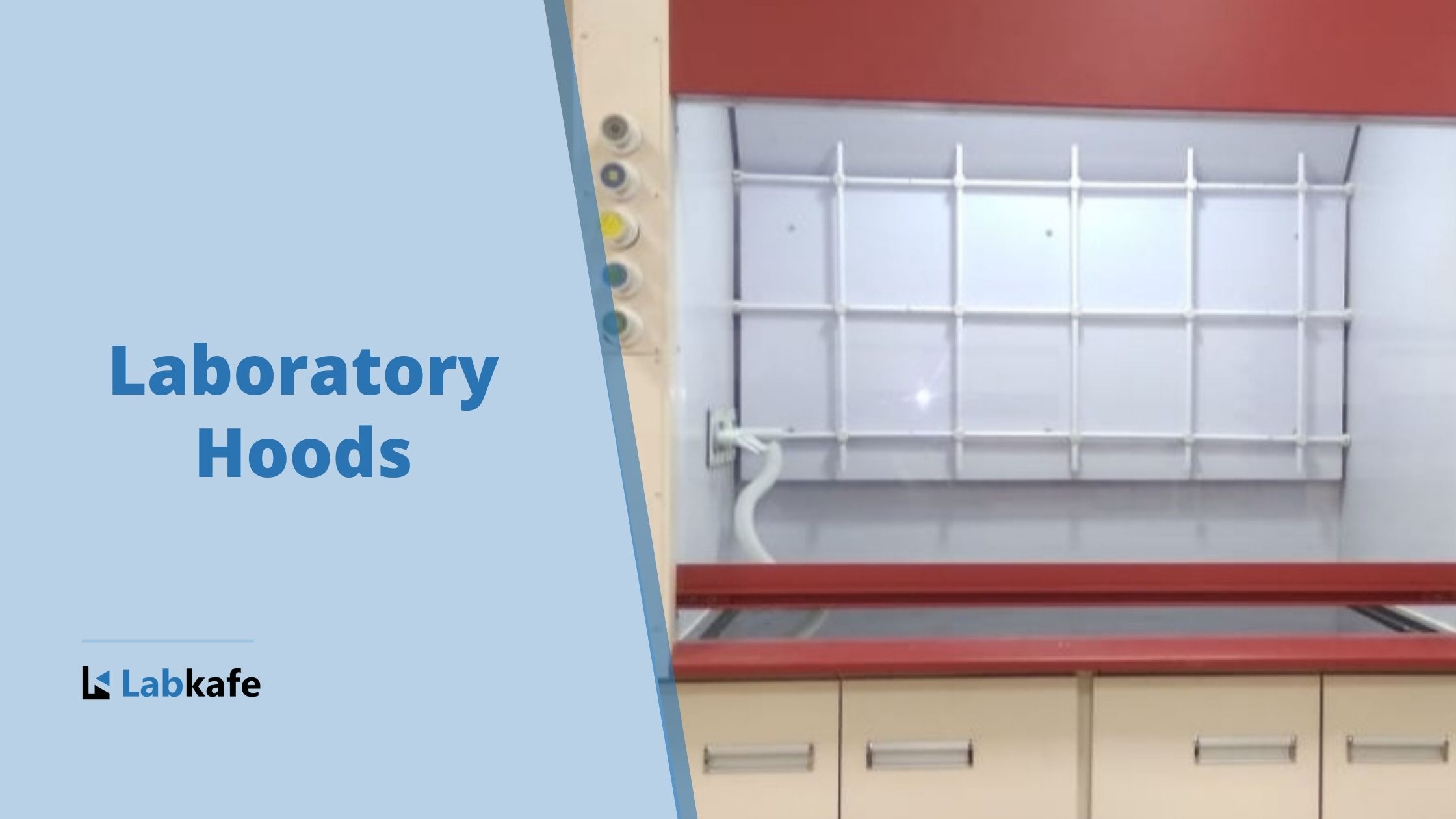

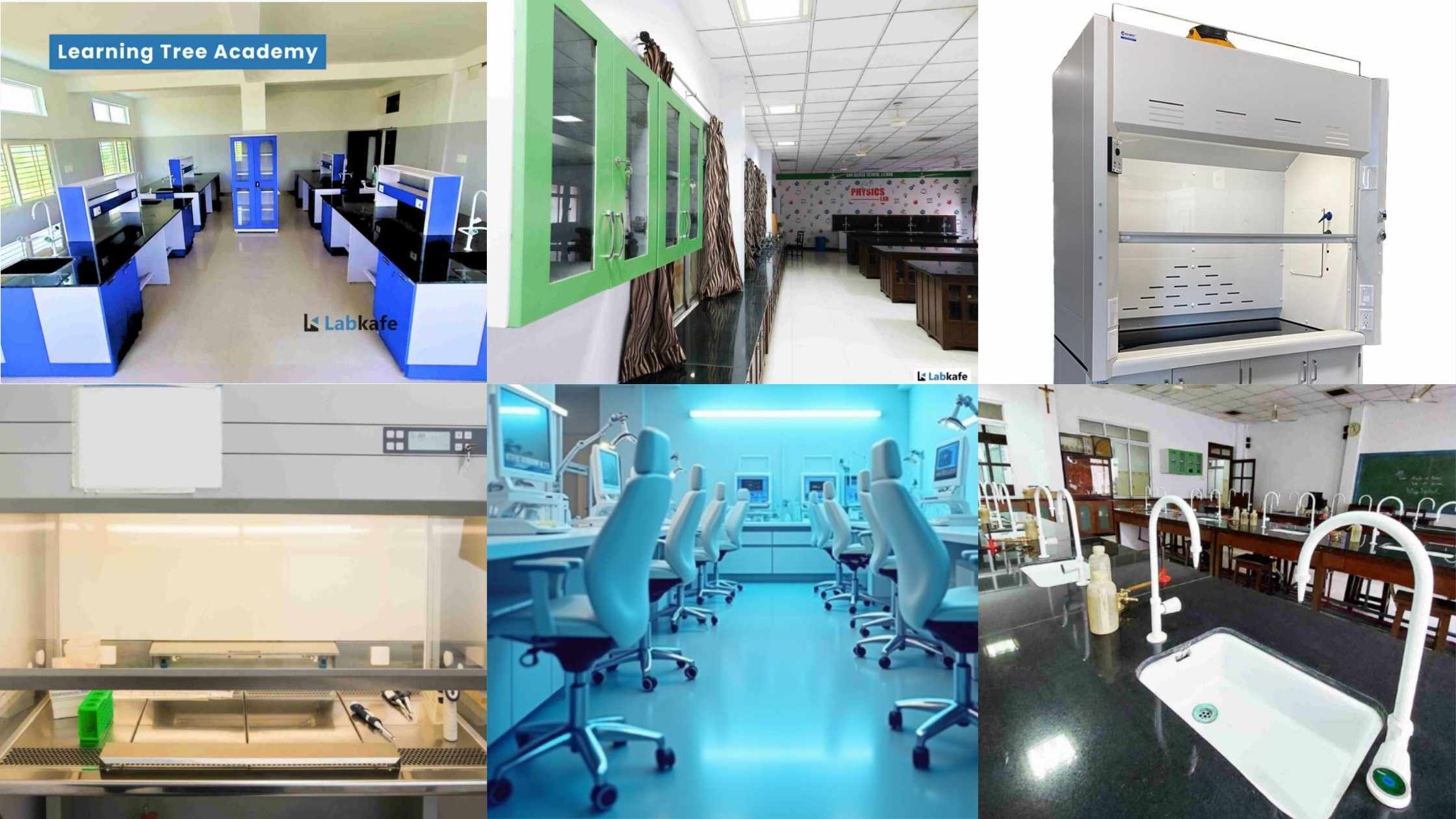
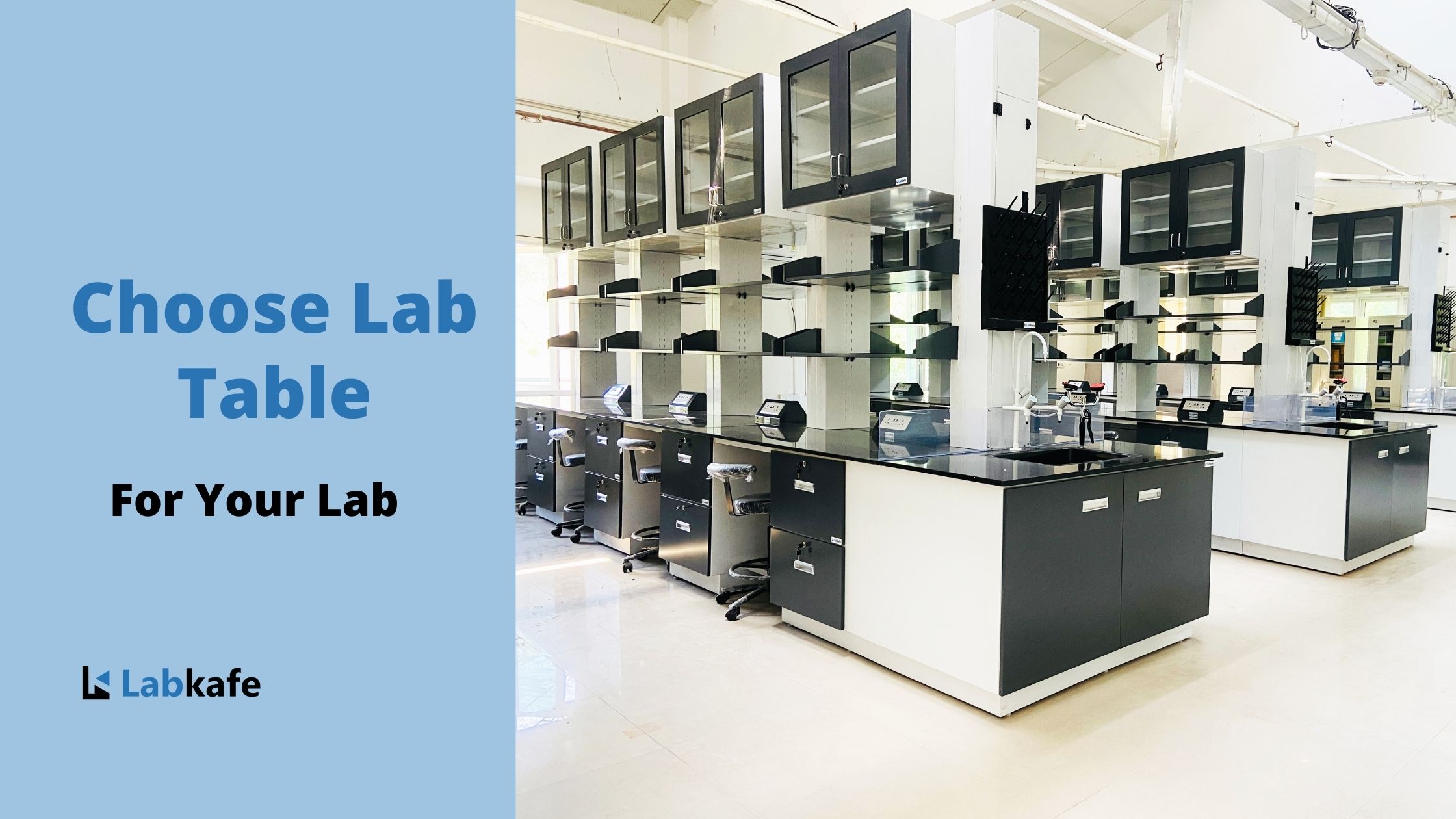
Leave a Reply